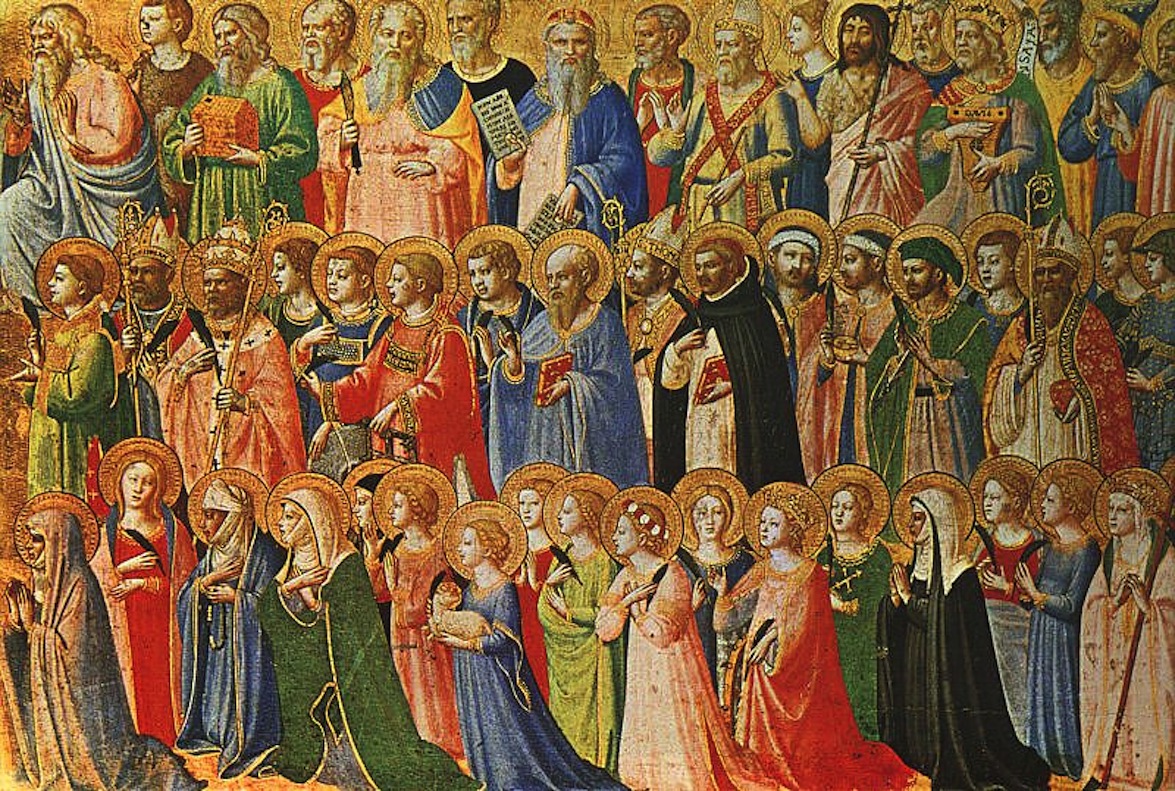Answered by Legionary of Christ Father Edward McNamara, professor of liturgy and dean of theology at the Regina Apostolorum University.
**
Q: In the norms for the liturgical year, there is mention of a number of proper feasts and solemnities that change depending upon the place, including the “Solemnity of the title of a particular church.” Does the term “particular church” refer to a diocese (or its equivalent, as used in canon law) or to the parish church? That is, can a parish celebrate its patronal feast or memorial as a solemnity? — S.I., Dallas, Texas
***
A: In canon law, the term particular church is generally equivalent to a diocese. To wit:
“368. Particular churches, in which and from which the one and only Catholic Church exists, are first of all dioceses, to which, unless it is otherwise evident, are likened a territorial prelature and territorial abbacy, an apostolic vicariate and an apostolic prefecture, and an apostolic administration erected in a stable manner.”
However, with respect to the norms referred to above regarding the liturgical calendar, the term particular church would mean a parish church or any church with a properly dedicated title. Most official documents and their translations use other terms so as avoid confusion.
We discussed the custom of parish patrons and the norms involved in a column published last October 17. In that piece, however, we did not touch upon the question of the celebration of such feasts.
The general norms regarding the liturgical year and “particular calendars” were issued in 1969. This document states:
“52. A particular calendar is prepared by inserting in the General Calendar special solemnities, feasts, and memorials proper to that calendar:
“a. in a diocesan calendar, in addition to celebrations of its patrons and the dedication of the cathedral, the saints and the blessed who bear some special connection with that diocese, for example, as their birthplace, residence over a long period, or place of death;
“b. in the calendar of religious, besides celebrations of their title, founder, or patron, those saints and blesseds who were members of that religious family or had some special relationship with it.
“c. in a calendar for individual churches, celebrations proper to a diocese or religious community, those celebrations that are proper to that church and are listed in the Table of Liturgical Days and also the saints who are buried in that church. Members of religious communities should join with the community of the local Church in celebrating the anniversary of the dedication of the cathedral and the principle patrons of the place and of the larger region where they live.”
It is noteworthy that the text does not say particular but individual (singularum) churches so there is no confusion of terms in this document. According to the table of liturgical precedence, the celebration of the church’s title is usually classed as a solemnity. The table list the order of precedence and the proper solemnity of an individual church is listed in 4 a-b:
“1. Easter Triduum of the Lord’s passion and resurrection.
“2. Christmas, Epiphany, Ascension, and Pentecost. Sundays of Advent, Lent, and the Easter season. Ash Wednesday. Weekdays of Holy Week from Monday to Thursday inclusive. Days within the octave of Easter.
“3. Solemnities of the Lord, the Blessed Virgin Mary, and saints listed in the General Calendar. All Souls.
“4. Proper Solemnities, namely:
“a. Solemnity of the principal patron of the place, city or state.
“b. Solemnity of the dedication of a particular church and the anniversary.
“c. Solemnity of the Title of one’s own church,
“d. The solemnity of the title, or of the founder, or of the principal patron of a religious order or congregation.
“5. Feasts of the Lord in the General Calendar.”
With respect to the celebration of these feasts the norms of precedence state that:
“58. For the pastoral advantage of the people, it is permissible to observe on the Sundays in Ordinary Time those celebrations that fall during the week and have special appeal to the devotion of the faithful, provided the celebrations take precedence over these Sundays in the Table of Liturgical Days. The Mass for such celebrations may be used at all the Masses at which a congregation is present.”
Therefore, if the title of a parish is not already a solemnity in the universal calendar (St. Joseph, Immaculate Conception, etc.), then it is a solemnity in this specific church.
If the feast falls during a weekday of ordinary time, then the pastor may opt to transfer the celebration on the nearest Sunday in order to underline its importance.
Thus, if a parish is dedicated, for example, to St. Bonaventure or Our Lady of Mount Carmel (July 15 and 16), the solemnity could be transferred to the nearest Sunday.
If, however, it was dedicated to St. Athanasius (May 2) or St. John of the Cross (December 14), this transfer to Sunday would not be possible as the Sunday of Easter and Advent has precedence over the particular solemnity.
It would still be a solemnity on its proper day with all the liturgical attributes of a solemnity such as three readings, Glory, and Creed.
If the proper solemnity coincided with a Sunday of higher rank (for example, St. John of the Cross falling on a Sunday of Advent), then the saint’s day would usually be transferred to the following Monday.
* * *
Readers may send questions to zenit.liturgy@gmail.com. Please put the word “Liturgy” in the subject field. The text should include your initials, your city, and your state, province or country. Father McNamara can only answer a small selection of the great number of questions that arrive.

Wikimedia - Sampo Torgo
LITURGY Q & A: Particular Churches and Patronal Feasts
Fr. Edward McNamara Says They Can Be Celebrated as Solemnities


